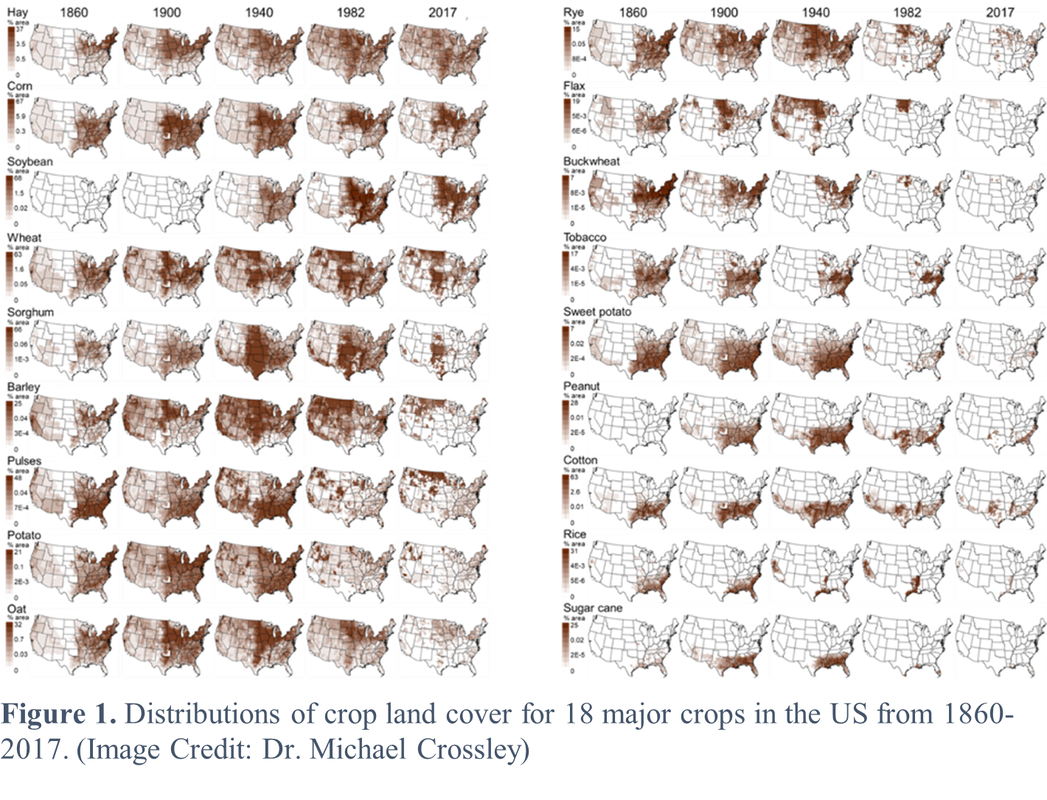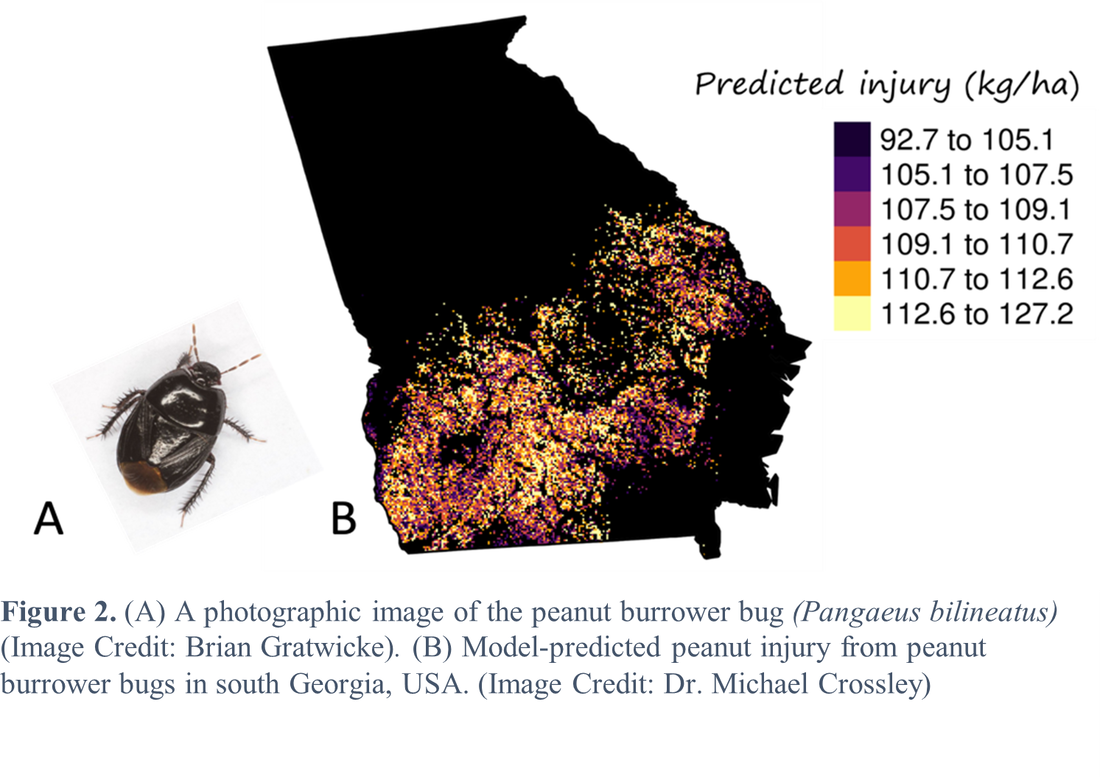|
written by: Ebony Michelle Argaez Big data is the fuel of the 21st century, it is a part of our everyday lives; we produce and consume it. One example is the use of various types of data acquired from social media apps that are then used to deliver ads to targeted audiences. Yet, big data is also used in academia, health, science, and government for addressing research questions. What is big data? Big data can be measured by its volume, variety, and velocity. Big data contains high volume in the form of many individual observations. Variety refers to many attributes associated with these observations. Velocity is the repetition of that volume and variety across some other dimension (e.g., time or populations). When preexisting big data sets are used in ecological studies, it is called ecoinformatics [1]. Dr. Michael Crossley, an Assistant Professor and Agricultural Entomologist in the Department of Entomology and Wildlife Ecology at the University of Delaware, uses ecoinformatics to understand how insect ecology is affected by changes in agricultural landscapes.
How does climate change affect insect populations? Monarch butterflies (Danaus plexippus) recently entered the IUCN Red List as Endangered [2]. They overwinter in Mexico and migrate north during the spring. Dr. Crossley and collaborators used a long-term data set from the North American Butterfly Association that were collected by volunteers who monitored butterflies at sites distributed across the US and Canada during the summer. Dr. Crossley wanted to examine spatial patterns of monarch population change, as well as spatial variation in drivers of monarch butterfly declines. They found that the abundance of butterflies across years increased, decreased, or remained relatively stable depending on location. This variation could be explained in part by contrasting negative effects of the herbicide glyphosate and positive effects of average temperature primarily in the core breeding range of the US Midwest.
Using ecoinformatic approaches, Dr. Crossley was able to address a diverse array of research questions in agricultural entomology from understanding pest outbreaks, to determining economic pest injury, and finally elucidating the drivers affecting insect populations. To learn more about Dr. Crossley’s work, visit his lab website. References: [1] Rosenheim, J. A., & Gratton, C. “Ecoinformatics (Big Data) for Agricultural Entomology: Pitfalls, Progress, and Promise.” Annual Review of Entomology, vol. 62, no. 1, Jan. 2017, pp. 399–417. https://doi.org/10.1146/annurev-ento-031616-035444. [2] “Migratory Monarch Butterfly Now Endangered – IUCN Red List.” IUCN, https://www.iucn.org/press-release/202207/migratory-monarch-butterfly-now-endangered-iucn-red-list Author: Ebony Michelle Argaez is a MS student in the Pick Lab studying the effectiveness of RNAi in the milkweed bug, Oncopeltus fasciatus. Twitter: @em_argaez Comments are closed.
|
Categories
All
Archives
June 2024
|
Department of Entomology
University of Maryland
4112 Plant Sciences Building
College Park, MD 20742-4454
USA
Telephone: 301.405.3911
Fax: 301.314.9290
University of Maryland
4112 Plant Sciences Building
College Park, MD 20742-4454
USA
Telephone: 301.405.3911
Fax: 301.314.9290



 RSS Feed
RSS Feed




